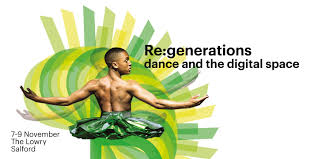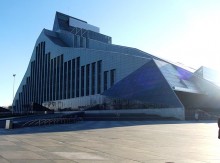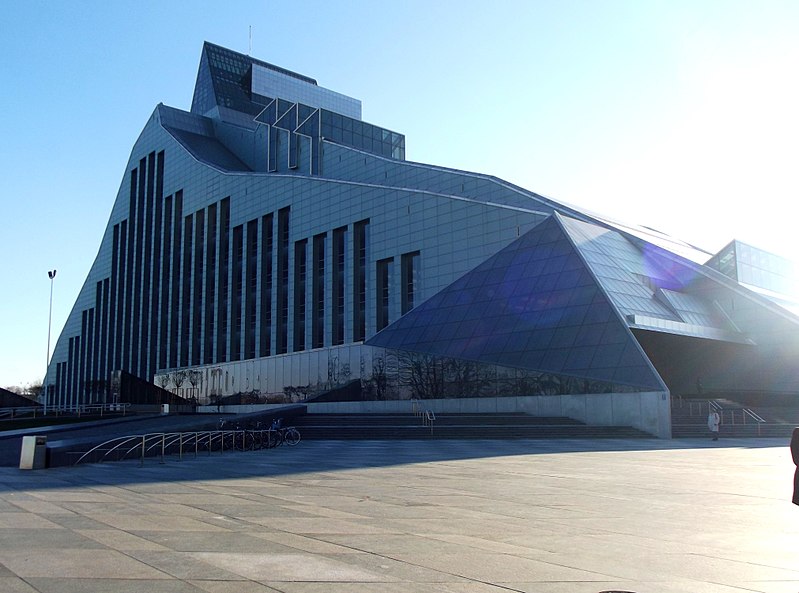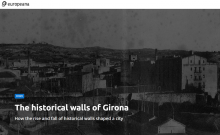Text by Caterina Sbrana.
When art, aesthetic expression, animation, music, sound effects and sonority meet technology, through a deep artistic research, we are witnessing an incredible reinterpretation of reality.
FILE is a non-profit brazilian cultural organization established in the city of São Paulo that has been promoting exhibitions, workshops and gatherings that seek to investigate the appropriations of the technologic media in artistic accomplishments. Founded in the year 2000 by Ricardo Barreto and Paula Perissinotto, FILE aims to magnify technological discussions in the cultural scope, to promote a wider access from the general public to technologic languages, demonstrating how our contemporary world builds itself on the advances of new and digital medias.
In twenty years of artistic activity, FILE has become the biggest electronic art event in Latin America.
![Michael Takeo Magruder, Monolith[s]](https://www.digitalmeetsculture.net/wp-content/uploads/2019/12/file-4.jpg)
Michael Takeo Magruder, Monolith[s]
From October 15, 2019 to January 14, 2020 artists and researchers can submit their works through specific entry forms choosing different categories: Interactive Art, Digital Language, Electronic Sonority, Workshops, Symposium and Led Show. All works should be available for consultation online through video documentation. In the web site artists can find all necessary information about the file types accepted (.mp4 or .mp3 extension, MOV, MPEG-4 etc.).
As Organizers explain: “Digital Language: As digital language are understood all the research and experiences in the wide scope of the multiple disciplines that uses digital media.
Electronic Sonority: As electronic sonority are understood all research and experiences in the wide scope of sounds, having therefore a wider comprehension than the ambit of music, and open to possible transversalities with other disciplines.
Interactive Arts: As interactive arts are understood all research and experiences in the ambit of art that uses interactive media and which take into account the relationship between the work and its viewer; works inserted in the intersecting fields of art and science, technology, among others …
Symposium: Talk proposals that have the aim to expand an international discussion on electronic digital culture in its interdisciplinary extension.
Workshop: Projects that has the main purpose of transferring knowledge and also the research on the use of computing – and other technological languages – for creative purposes.
Led Show: consists of a public art show in the large Led panel located on the Fiesp building’s façade, at Paulista Avenue, 1313. FILE Led Show gets interactive and non-interactive proposals to be presented at the Digital Art Gallery”.
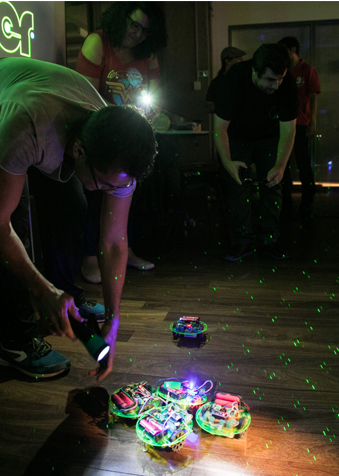
Workshop FILE Sao Paulo 2019, Maurício Jabur & Rodrigo Rezende
Each participant may send up to 3 proposals of works that have been accomplished in the last 3 years (2017, 2018, 2019) for FILE 2020 and include the work’s descriptive documentation, as well as the biography.
A specific section of the Regulation is dedicated to the selection of works that will be analyzed by an internal judging commission, which will select the works that will be part of FILE exhibition.
The artists receive the notification about the selection through the e-mail address specified in the Registration Form, as well as any posterior contact. Other sections are related to Participant’s Responsibility, Intellectual Property, Copyrights And Related Rights.
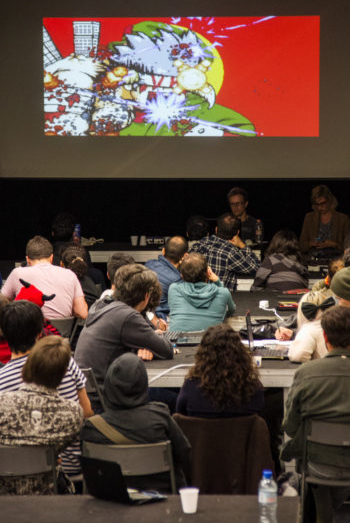
Workshop FILE Sao Paulo 2015, Paul Robertson
To participate, the artists need to fill out the entry forms, free of charge, being in accordance to the General Regulations of FILE and they must accept completely terms and conditions.
Only the registrations made through the website will be accepted.
ENTRY FORMS:
- DIGITAL LANGUAGE:https://file.org.br/inscricao/en/digital-language
- ELECTRONIC SONORITY: https://file.org.br/inscricao/en/electronic-sonority
- INTERACTIVE ART: https://file.org.br/inscricao/en/interactive-art
- LED SHOW: https://file.org.br/inscricao/en/led-show
- SYMPOSIUM: https://file.org.br/inscricao/en/symposium
- WORKSHOP: https://file.org.br/inscricao/en/workshop


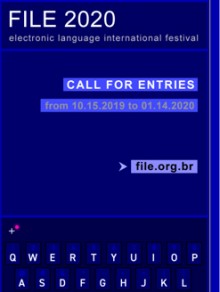
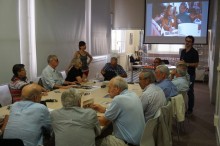
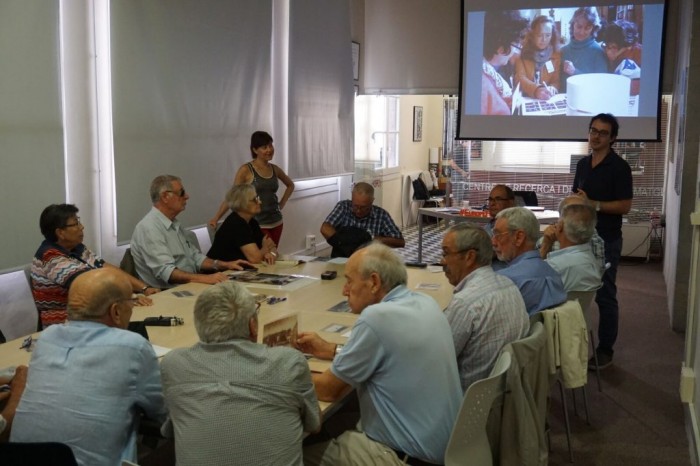
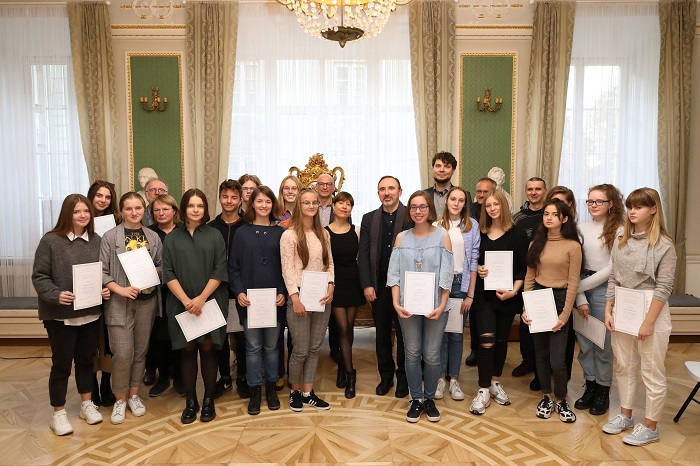
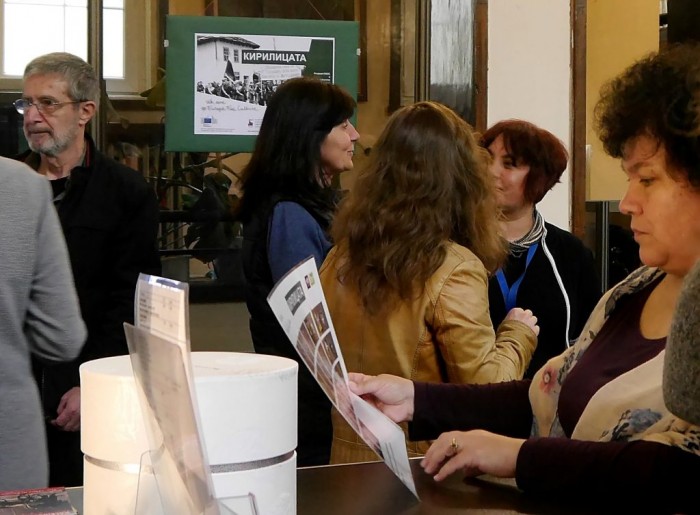

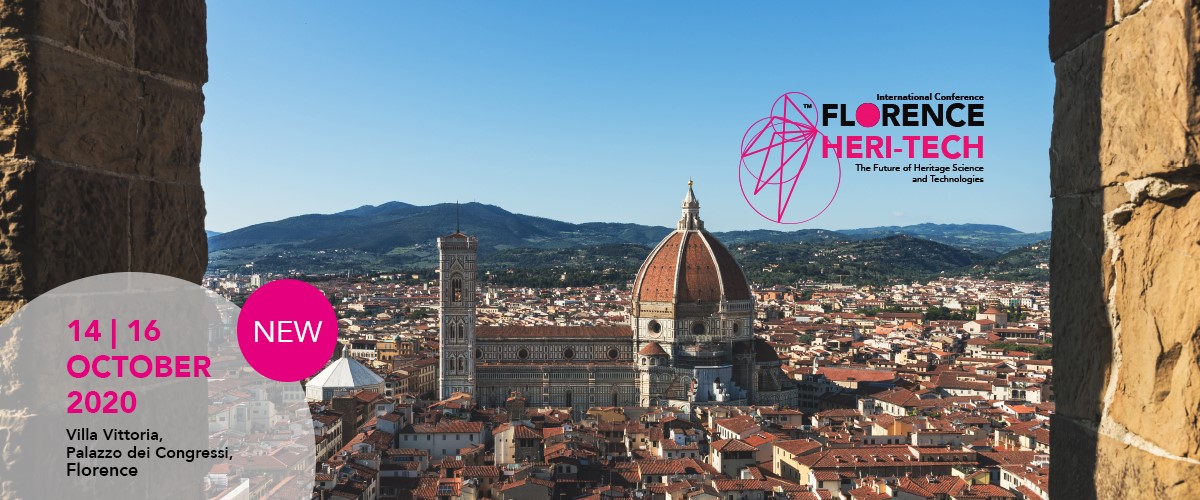
 Heri-Tech is the first International Conference to welcome major researchers and scholars from all over the world, focusing on current and future issues in the field on issues related to innovative techniques and technologies. The city of Florence will therefore be the international heart of Restoration and Cultural and Environmental assets as well as a forum for meeting and discussing for experts, operators and enthusiasts from around the world. The Conference will be a significant opportunity for exchange between researchers and companies for the promotion of productive excellence, technological evolution, the greater use of culture for younger sections of the population and specialization in the educational field for graduates and PhD students.
Heri-Tech is the first International Conference to welcome major researchers and scholars from all over the world, focusing on current and future issues in the field on issues related to innovative techniques and technologies. The city of Florence will therefore be the international heart of Restoration and Cultural and Environmental assets as well as a forum for meeting and discussing for experts, operators and enthusiasts from around the world. The Conference will be a significant opportunity for exchange between researchers and companies for the promotion of productive excellence, technological evolution, the greater use of culture for younger sections of the population and specialization in the educational field for graduates and PhD students.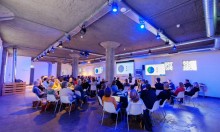
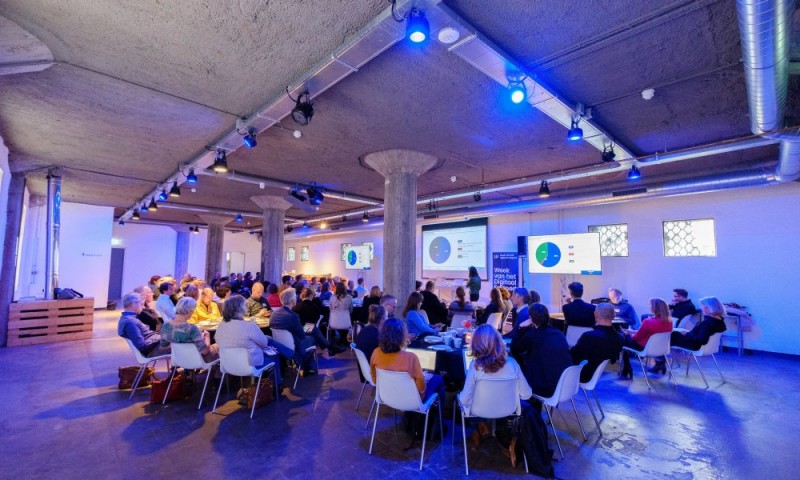
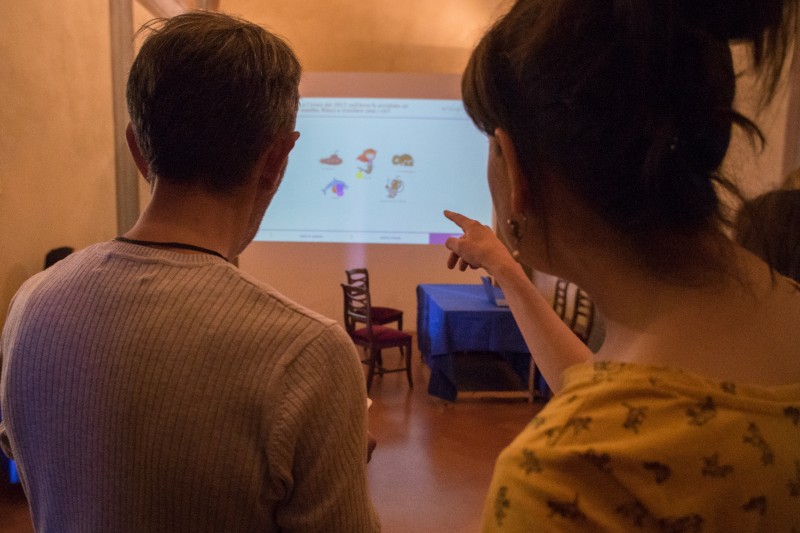
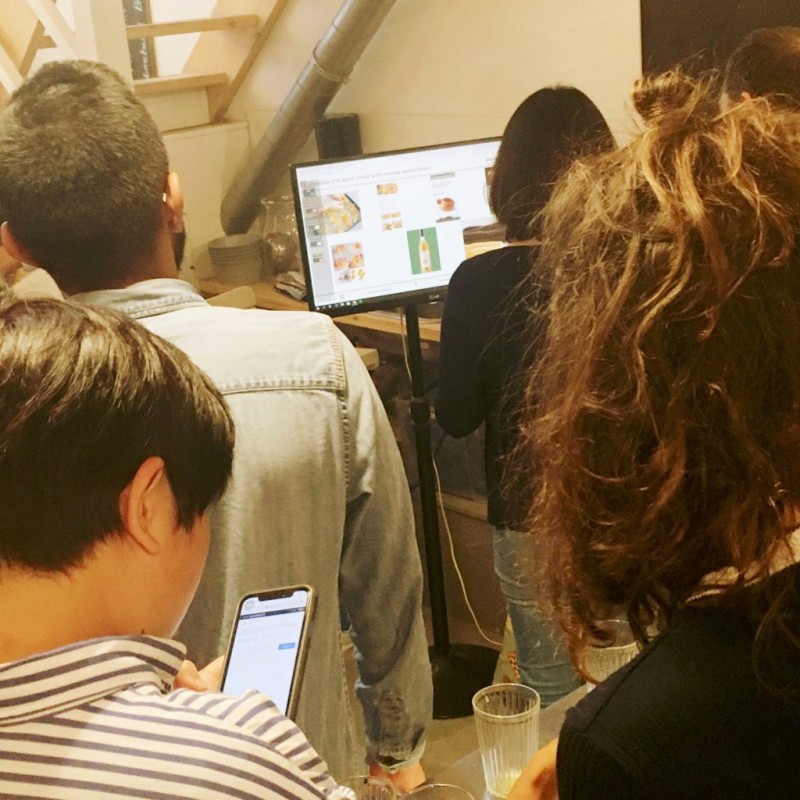
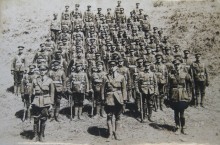
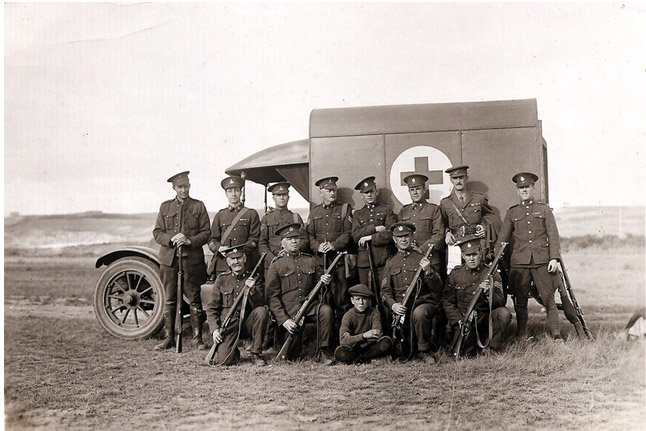
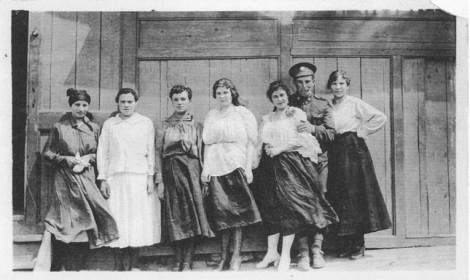
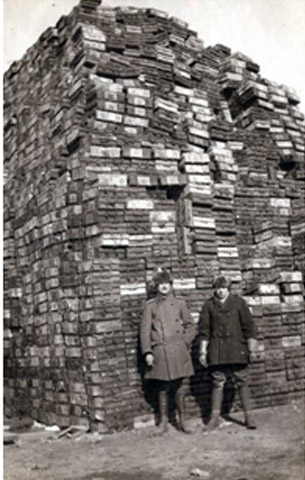
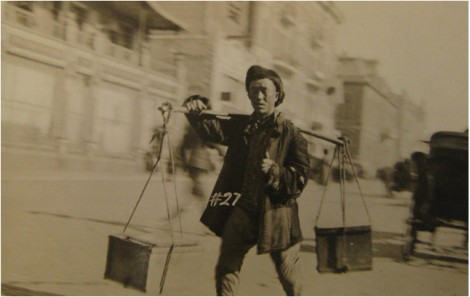
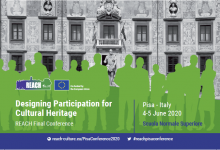
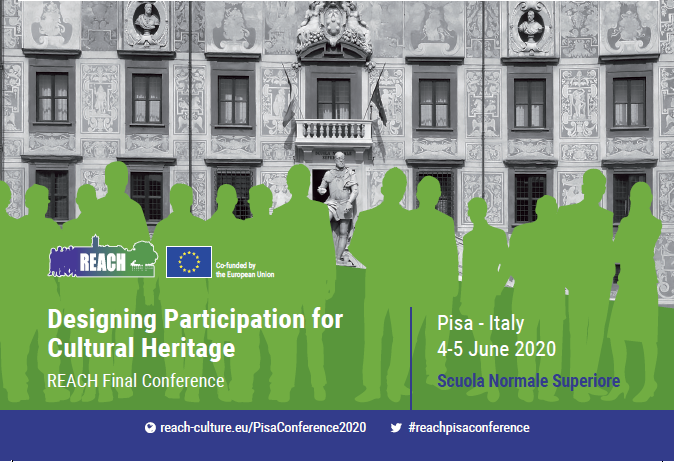
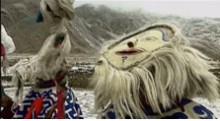
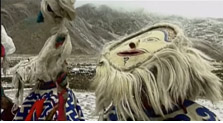
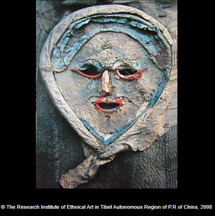
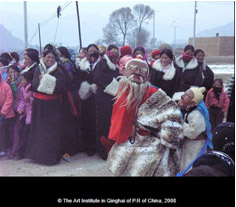
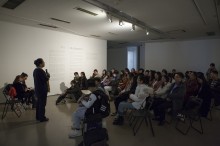
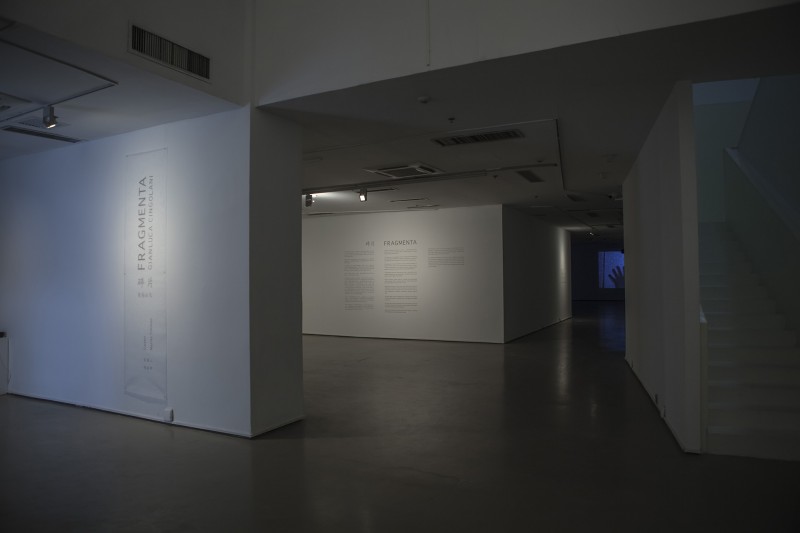
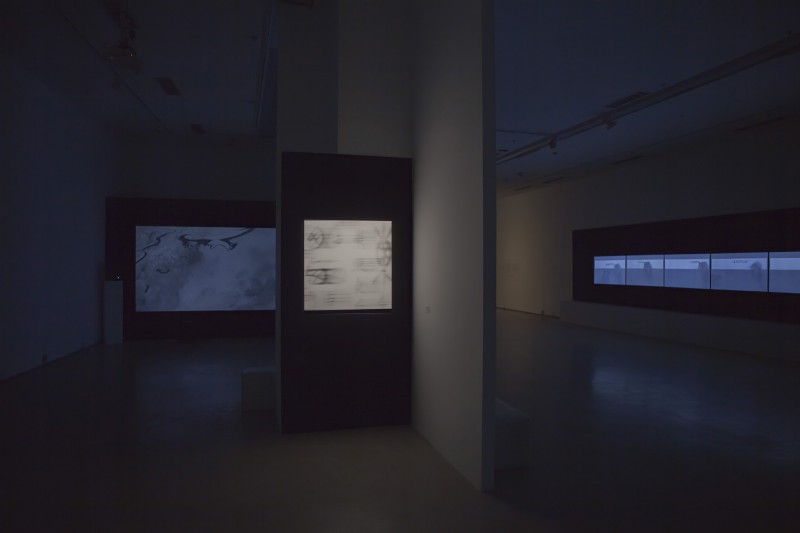
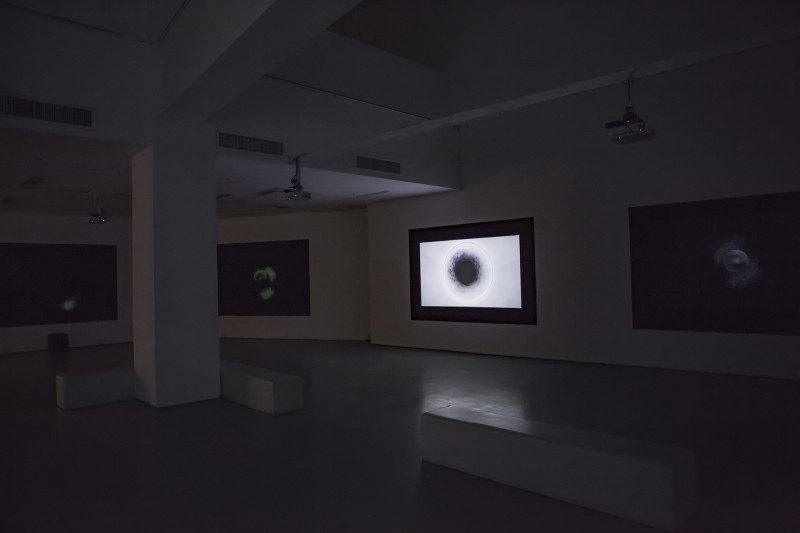
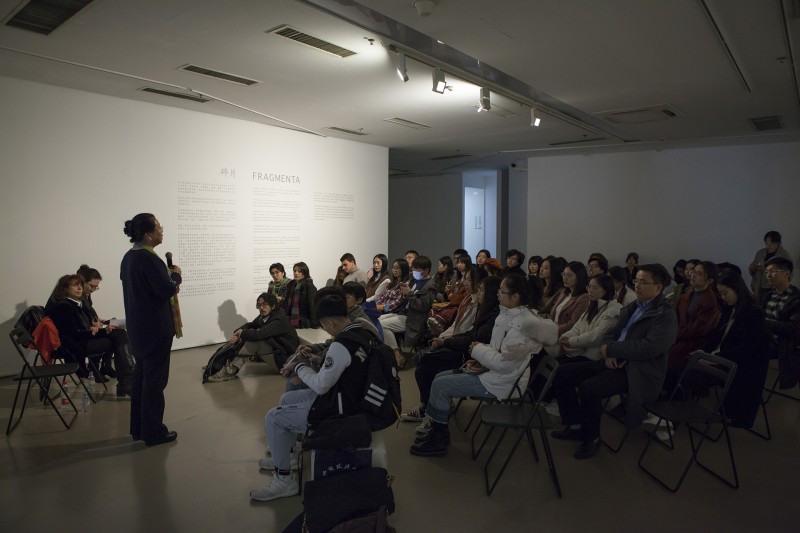
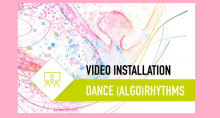
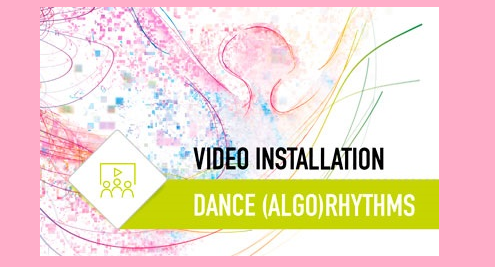 The CultureMoves research team of the C-DaRE center of Coventry University – Sarah Whatley, Rosa Cisneros and Marie-Louise Crawley – participated in the ‘Moving Culture: Tourism, Dance and Digital Storytelling’, organised by the Culture Moves project in Pisa.
The CultureMoves research team of the C-DaRE center of Coventry University – Sarah Whatley, Rosa Cisneros and Marie-Louise Crawley – participated in the ‘Moving Culture: Tourism, Dance and Digital Storytelling’, organised by the Culture Moves project in Pisa.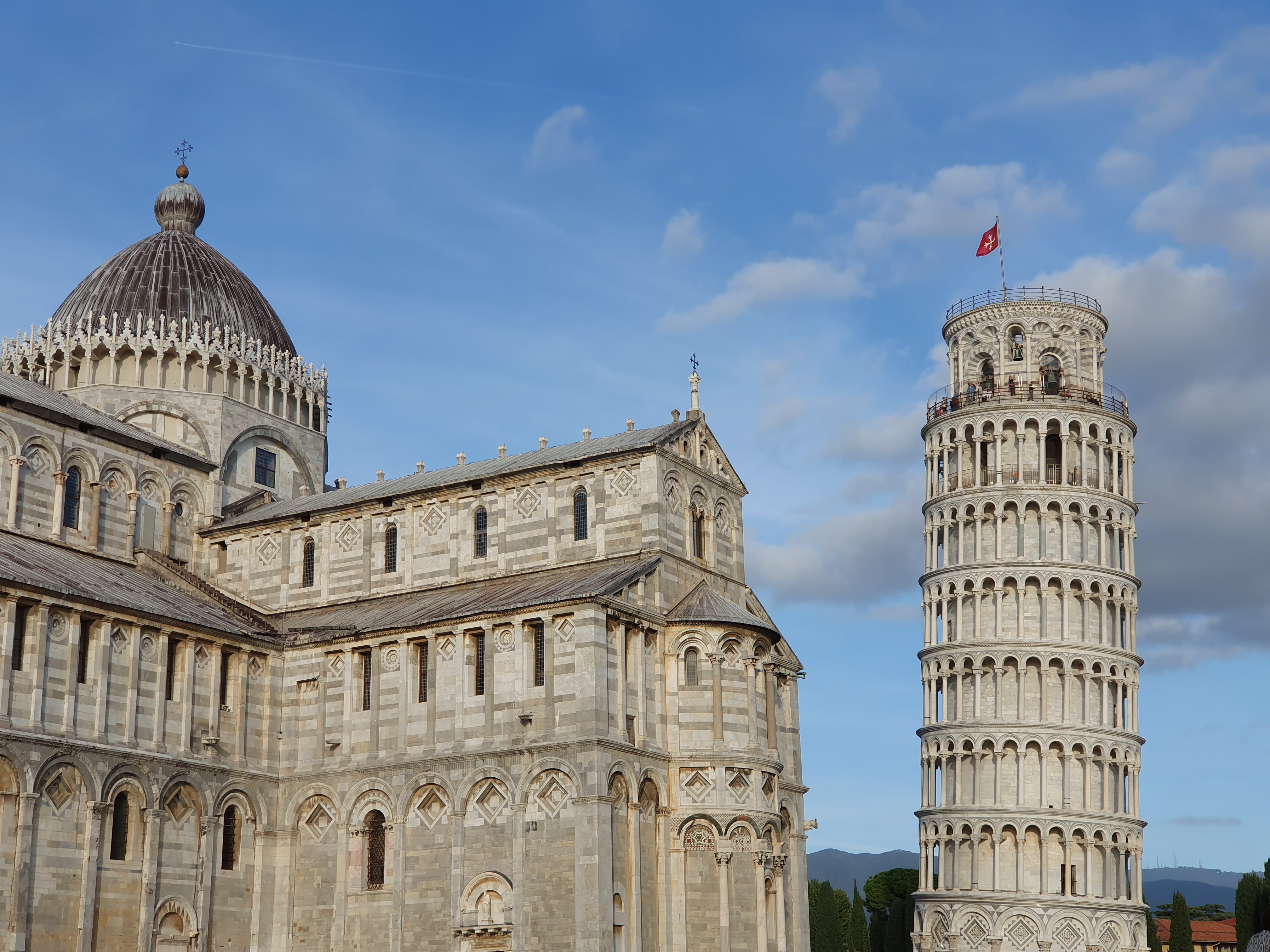 Key stakeholders from the cultural heritage, tourism, education and creative industries, with speakers from internationally renowned organisations such as Pep Gatell (La Fura dels Baus), Milena Popova (Europeana), Alfredo di Liguori (PugliaPromozione), and Sara di Giorgio (CulturaItalia) discussed new forms of creative and digital engagement, presenting inspiring examples of best practice.
Key stakeholders from the cultural heritage, tourism, education and creative industries, with speakers from internationally renowned organisations such as Pep Gatell (La Fura dels Baus), Milena Popova (Europeana), Alfredo di Liguori (PugliaPromozione), and Sara di Giorgio (CulturaItalia) discussed new forms of creative and digital engagement, presenting inspiring examples of best practice.